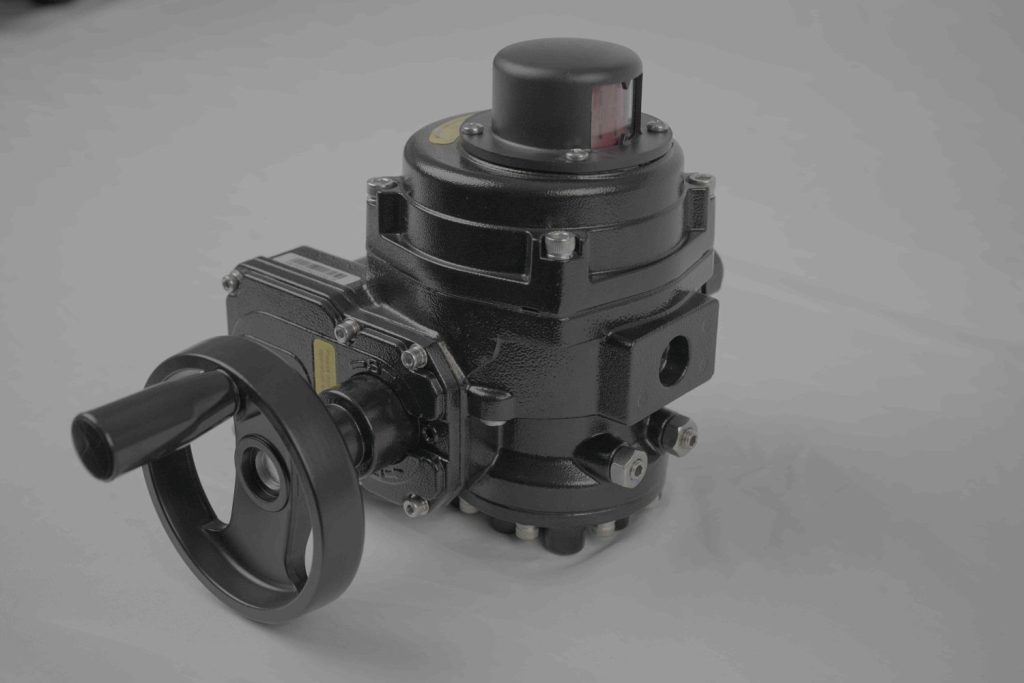Lithium-ion batteries have become a cornerstone of modern energy storage solutions, powering everything from mobile devices to electric vehicles and renewable energy storage systems. As the demand for lithium-ion batteries grows, so does the need for efficient and reliable safety measures to ensure their proper functioning. One critical component in achieving this goal is the lithium battery valve. In this article, we will explore what lithium battery valves are, their importance in battery safety, and how they contribute to the performance and longevity of lithium-ion batteries.

What is a Lithium Battery Valve?

A lithium battery valve is a small but vital safety component used in lithium-ion batteries to regulate internal pressure and prevent the battery from overheating, venting, or even exploding. The valve acts as a pressure release mechanism, typically installed in the battery’s casing. It ensures that the battery remains within a safe operating pressure range by releasing gas buildup when necessary. If the battery experiences an overcharge, thermal runaway, or internal short circuit, the pressure inside the battery can rise rapidly. In such cases, the lithium battery valve opens to allow gases to escape safely, preventing dangerous situations.
